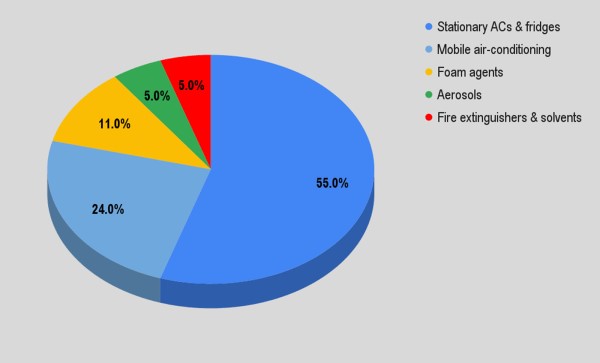7667766266
enquiry@shankarias.in
Around 63 countries signed up the world’s 1st ever pledge to drastically cut cooling emissions at the ongoing COP28 climate summit in Dubai.
|
Global Cooling Pledge |
|
Cooling emissions are essentially emissions generated from refrigerants, used in appliances like ACs and refrigerators, and the energy used for cooling.
Montreal Protocol is an agreement signed in 1987 that led to freeze the production and consumption of ozone-depleting substances including CFCs.

As per report by United Nations Environment Programme (UNEP) and the International Energy Agency the number of global cooling devices is expected to jump from 3.6 billion to 9.5 billion by 2050.
|
Commitments pledged in Global Cooling Pledge |
|